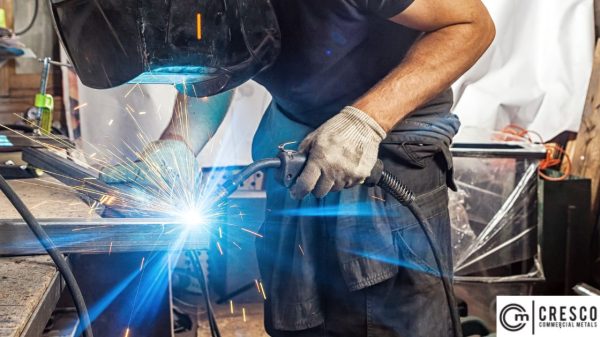Choosing the Right Welding Method: TIG vs. MIG Welding
When it comes to welding, selecting the right method is crucial to the success of your project. Two popular choices in the welding world are TIG (Tungsten Inert Gas) welding and MIG (Metal Inert Gas) welding. Each method has its unique advantages and best-use scenarios. In this article, we’ll delve into the differences between TIG and MIG welding to help you make an informed decision for your welding project.
TIG Welding: Precision and Cleanliness
TIG welding, also known as GTAW (Gas Tungsten Arc Welding), is a highly precise welding method favored for its clean and controlled results. Here are some key characteristics of TIG welding:
Precision: TIG welding allows for pinpoint accuracy, making it ideal for intricate projects and thin materials. The welder has complete control over the heat input and filler material, resulting in clean and aesthetically pleasing welds.
Cleanliness: TIG welding produces minimal spatter and virtually no smoke, ensuring a tidy work environment. This feature is particularly important for applications where cleanliness is paramount, such as in the food and beverage industry.
Versatility: TIG welding can be used on a wide range of materials, including stainless steel, aluminum, and exotic alloys. It’s the preferred choice for projects that demand high-quality welds.
MIG Welding: Efficiency and Speed
MIG welding, or GMAW (Gas Metal Arc Welding), is known for its efficiency and speed. Here’s what you need to know about MIG welding:
Ease of Use: MIG welding is relatively easy to learn and well-suited for beginners. It’s a semi-automatic process that involves a continuously fed wire electrode, making it efficient for long runs.
High Deposition Rates: This method excels in projects that require high deposition rates. It’s often used in industries such as automotive manufacturing and construction.
Versatility: While MIG welding is highly efficient, it may not provide the same level of precision as TIG welding. However, it can still produce strong and reliable welds on a variety of materials, including steel and aluminum.
Choosing the Right Method
The choice between TIG and MIG welding depends on your specific project requirements. Here are some considerations:
- Material Type: Consider the type of material you’re working with. TIG welding is ideal for stainless steel, aluminum, and exotic alloys, while MIG welding is versatile for steel and aluminum.
- Weld Quality: If your project demands the highest weld quality and appearance, TIG welding may be the better choice.
- Speed and Efficiency: For high-speed production or projects where efficiency is critical, MIG welding can be more suitable.
In conclusion, the decision between TIG and MIG welding boils down to your project’s unique needs. Both methods offer distinct advantages, and choosing the right one will ensure the success of your welding project.
For more information go to https://crescocustommetals.com/


